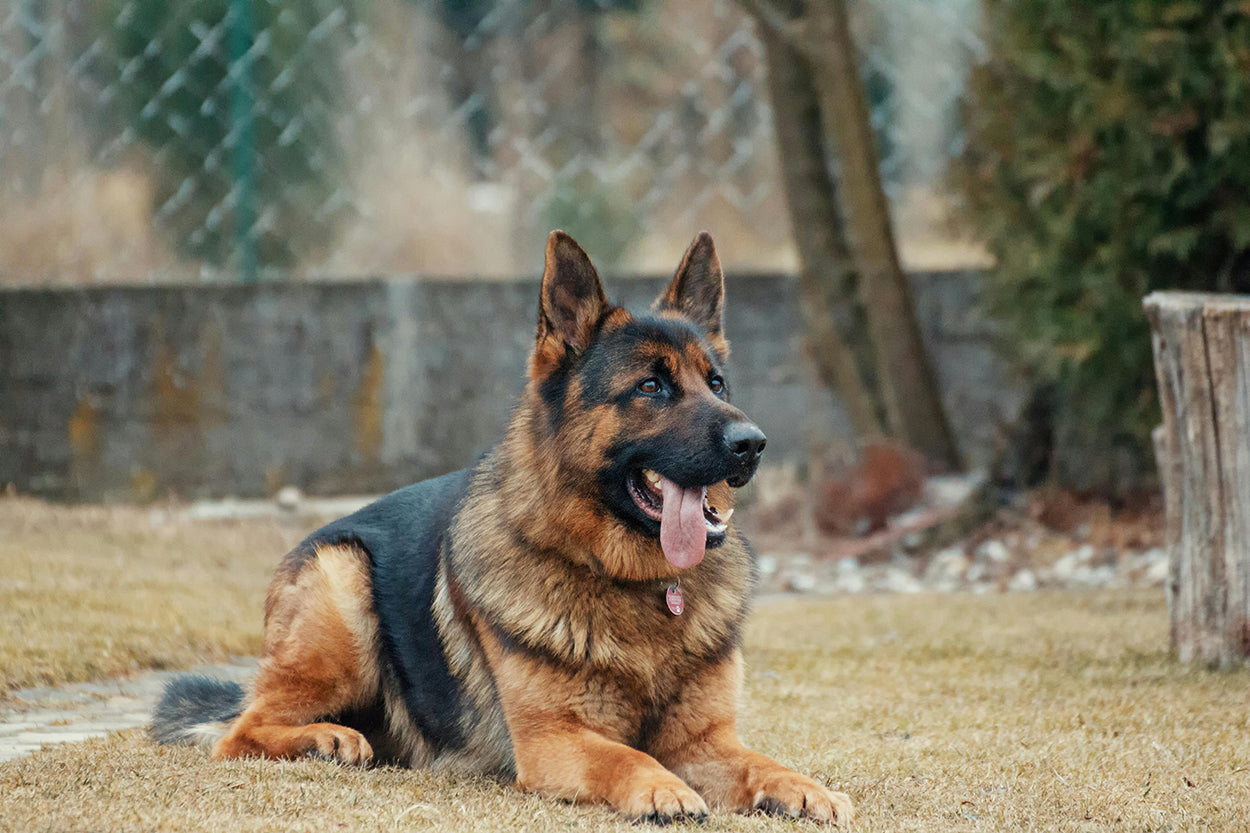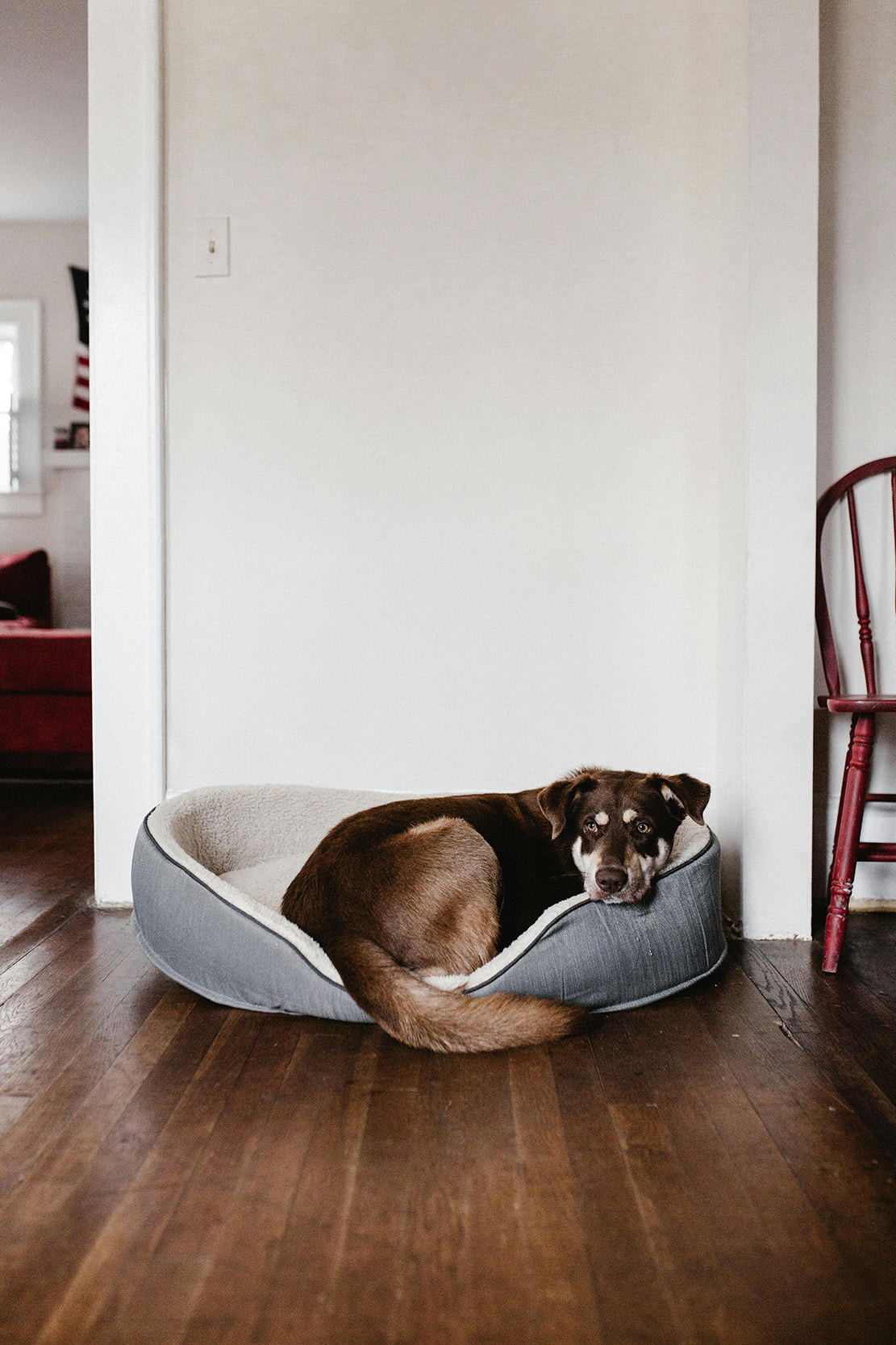Dogs' eyes are an important organ for them to perceive the world, with a series of unique features and functions. The following is a detailed analysis of the dog's eyes:

The structure of the eyes
- The dog's eye is a sphere, mainly including the following parts:
- Cornea: located in the front of the eyeball, it is a transparent tissue that allows light to enter the eye.
- Sclera: is the tough outer layer of the eyeball, mainly composed of collagen fibers, to provide protection for the eyeball.
- Iris: Located at the front of the eye, the iris is a membrane containing pigment that controls the amount of light entering the eye by regulating the size of the pupil.Dogs' irises come in a variety of colors, including black, brown, amber and blue.
- Pupil: The channel through which light enters the eye, a dog's pupil narrows in bright light and widens in low light to enhance night vision.
- Lens: Located behind the iris, the lens focuses light by adjusting its shape so that images are clearly imaged on the retina.
- Retina: is the light-sensitive tissue in the inner layer of the eye, containing optic rod cells and optic cone cells, which are responsible for sensing light in dark and bright places respectively and converting them into neural signals.
The function of the eyes
- Visual perception: Dogs observe things around them through their eyes to get information about the environment and help them walk, hunt and avoid danger.
- Night vision: Dogs have strong night vision thanks to the reflective layer (Tapetum layer) in their eyes, which reflects the light entering the eyeballs and increases the utilization of light so that they can see objects in the dark.
- Color Discrimination: Although dogs are able to distinguish colors, they have relatively weak color vision, being able to distinguish mainly between blue and yellow, and the transition colors between these two colors. Compared with humans, dogs are less able to distinguish between red and green.
The characteristics of the eyes
- Variety of shapes: After selective breeding, the shape of a dog's eyes becomes very different, roughly categorized into almond-shaped, triangular and round.Different breeds of dogs have different shapes of eyes, such as Labrador Retriever, Golden Retriever and other breeds of dogs with almond-shaped eyes, while Japanese dogs such as Shiba Inu have triangular eyes, pugs, Shih Tzu and Chihuahua dogs, and other small dogs have more round eyes.
- Transient Membrane: Dogs have a special membrane called the transient membrane (or third eyelid), which looks like a white membrane covering the inner corner of the eyeball, and has the function of protecting the eyeball from foreign objects and secreting tears.
- Emotional expression: Dogs' eyes are also an important tool for them to express their emotions.Through eye contact, dogs can convey a variety of emotions such as happiness, sadness, alertness, curiosity and so on.
Eye protection
- As pet owners, we should pay attention to protect the dog's eye health. Here are some suggestions to protect your dog's eyes:
- Regular observation: Check your dog's eyes regularly to see if there are any abnormalities such as redness, swelling, tearing, excessive eye droppings, etc. If there is any abnormality, you should seek medical attention.
- Keep clean: Regularly clean the dirt and bacteria around your dog's eyes with warm water or veterinarian-recommended eye wash, and avoid using human products to avoid damage to your dog's eyes.
- Avoid irritants: Try to avoid exposing your dog to irritants such as dust, smoke, chemicals, etc. to avoid eye inflammation or damage.
- Balanced diet: Providing a balanced diet will provide your dog with the vitamins and antioxidants they need to help protect their eye health. You can feed carrots, cod, blueberries and other foods rich in eye-friendly ingredients in moderation.
- Regular Checkups: Taking your dog to the vet for regular eye exams is an important step in maintaining eye health. The veterinarian can check for any problems with the eyes and advise on appropriate treatment.




Leave a comment
All comments are moderated before being published.
This site is protected by hCaptcha and the hCaptcha Privacy Policy and Terms of Service apply.